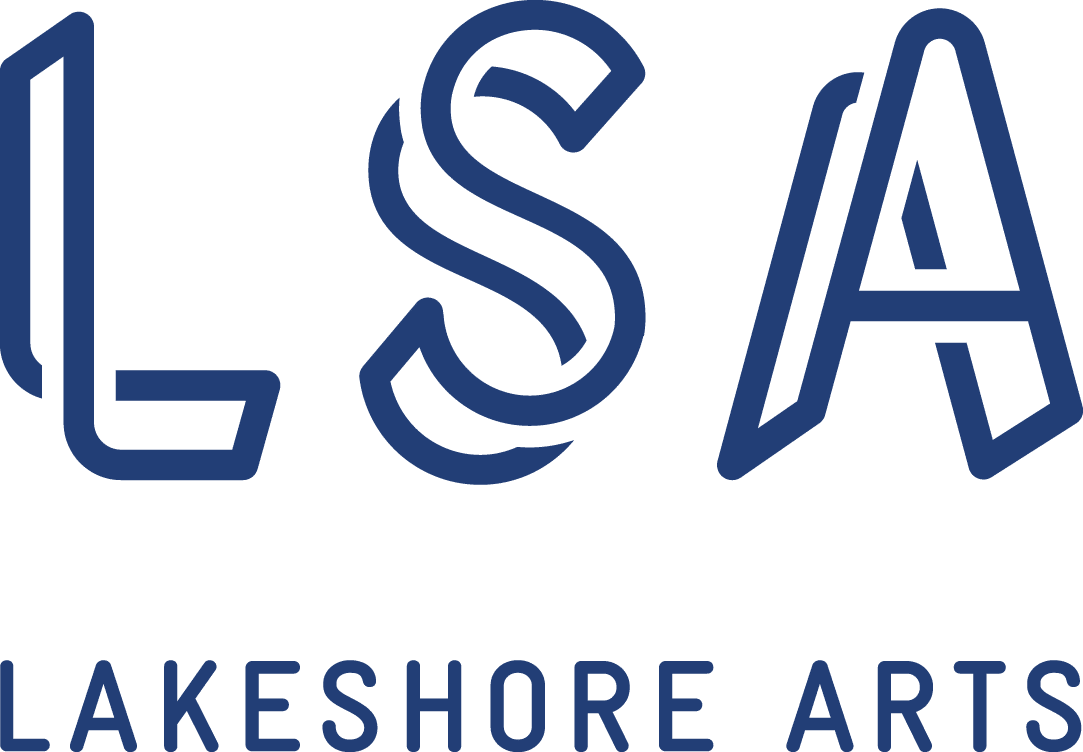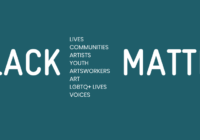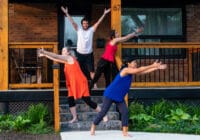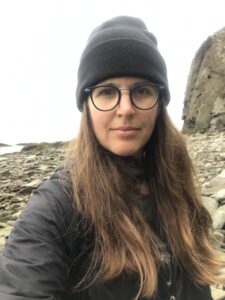Guest Contributor: Jerry Smith, BA, HSA, ACSD, MBA
The “New Normal” in DELIVERING SOCIAL IMPACT (aka Making a Difference)
I was born in 1942 (that makes me older than the Boomers’ generation) and I have never wanted for anything – housing, clothing, food, transportation, education (I have more capital letters after my name than in my name). According to Dr. David Foot, demographer extraordinaire (described as “outspoken and controversial”), the core of my life was set on track (not predetermined) in 1942 – post WWII, peace, baby boom, education and economic growth.
Graphically, my life would look like a LEGO pyramid with me one little brick, somewhat closer to the top where there are relatively fewer older than I, and many more younger below me.
Supply and demand meant fewer competitors for what I wanted at each point in my lifecycle: into university straight from Gr. 12; “emergency trained” over two summers at Teachers College bracketing my first year as a teacher (that was when teachers could come to Toronto’s Royal York Hotel for March break job fairs; my experience – visited three suites, had three interviews, was offered three jobs, each an upgrade on the earlier interview). I resigned great steady positions twice to travel, fully confident that there would be a position for me wherever I was going (Australia, then England a few years thereafter) and when I came back (Ottawa, and then Toronto).
The greatest gift from my parents was twofold: education, and a solid upbringing by adults who had survived and ‘done without’ during a World War. All of this provided me with a sense that the world was my oyster and all I ever had to do was work hard. And I have found, over time, I really enjoy the freedoms and opportunities that followed – I have taught on three continents, travelled to some 40+ countries, married and had a wonderful daughter, remarried and added a marvelous stepson. So, I can imagine a now-adult child saying to me during this pandemic, “Daddy, where do curves come from?”
These graphical summary representations of the mathematical formula tracking COVID-19 are a ‘normal distribution curve,’ a line graph that presents a narrative, tells a story. This image is common – and effective – to help us understand what has just happened and what might happen: the “learning curve,” the “bell curve,” the “product life cycle,” the “standard deviation” or, in drama and fiction’ the ““story arc.”
Since mid-March (10+ weeks in close isolation, so far), the experts (aka doctors, scientists, epidemiologists) and the elected leadership have used this image of “flattening the curve” – hoping to manage the demands being made of our health system’s capacity to handle a pandemic. We don’t know yet if they got the flattening nailed, nor the safe restarting of the economy.
But there is now (June 1) perhaps enough stability, confidence and needs identification (economic, health care, community, vulnerable sectors), that we are well into “scenario development,” a process whereby entities of all sizes imagine/plan what it would take to open up safely end of June? Or July? Or August? or???? Remember the adage – those who fail to plan, plan to fail.
In Canada, all three levels of government have been responsive to the threat of the coronavirus – the alphabet soup of economic programs for individuals, sectors, business (CERB,CESB,CEWS,CEBA, LEEFF, CECRA, etc.) Notwithstanding government responsiveness about investing in recovery, about contributing emergency funds to the arts, culture and heritage sector, I have a fear that emergency funding responses will focus on saving arts institutions, and not art, artists, audiences or the neighbourhoods they live and work in.
I am old enough to remember when cultural programming came to us over American networks, or in a film can at USA branded cinemas. I am old enough, to remember when there were no Canadian theatres, but rather there were ‘road-houses’ for touring American or British productions. I remember the discovery of a Canadian voice in all forms of literature – poetry, drama, fiction. I remember amazing performances by Leonard, or Gordon, in crowded, sweaty university gyms.
So decades later, I AM CANADIAN. I have seen myself, explored where I am as a member of this community, this society through the eyes of artists and their art forms; and now, again, they want me to hop in my car and drive downtown to a huge culture mall, or stay at home and watch foreign shows over foreign-owned platforms.
That’s not me. I am Canadian – I want to be able to walk across the park to the Assembly Hall to listen to the Gryphon Trio – local, neighbours’ friends. I need to be able to pop into any one of Neilson Park Creative Centre’s four studios or three exhibition spaces, and breath the energy. I miss being in Lakeshore Arts’ new street-level community space and hearing – once again, please – the young grade school student blurt out, “Until I met Lakeshore Arts, I didn’t know I had an imagination.”
No, I cannot yet imagine any of the majors in Toronto (symphony, ballet, opera, gallery, . . . ) being able to ensure a collective sense of comfort and trust in the near future to attract even a third of a hall’s capacity? I have nothing but good will towards the large-scale culture organizations – it will be tough, it will take longer than we hope.
But one way to shorten that stretch is to ensure meaningful investment at the front and the back ends of those curves – investment in small, mid-size community-based arts organizations where residents feel safer, nearer to home. The social impact (aka “bang for the buck”) of investments at the beginning and the ending of the curve have a proportionally greater impact because of the difference in scale. I believe it was Churchill that said, “It’s not the size of the dog in the fight as much as the size of the fight in the dog.”
#wheredocurvescomefromdaddy #youcannotdisproveanegative #showme
